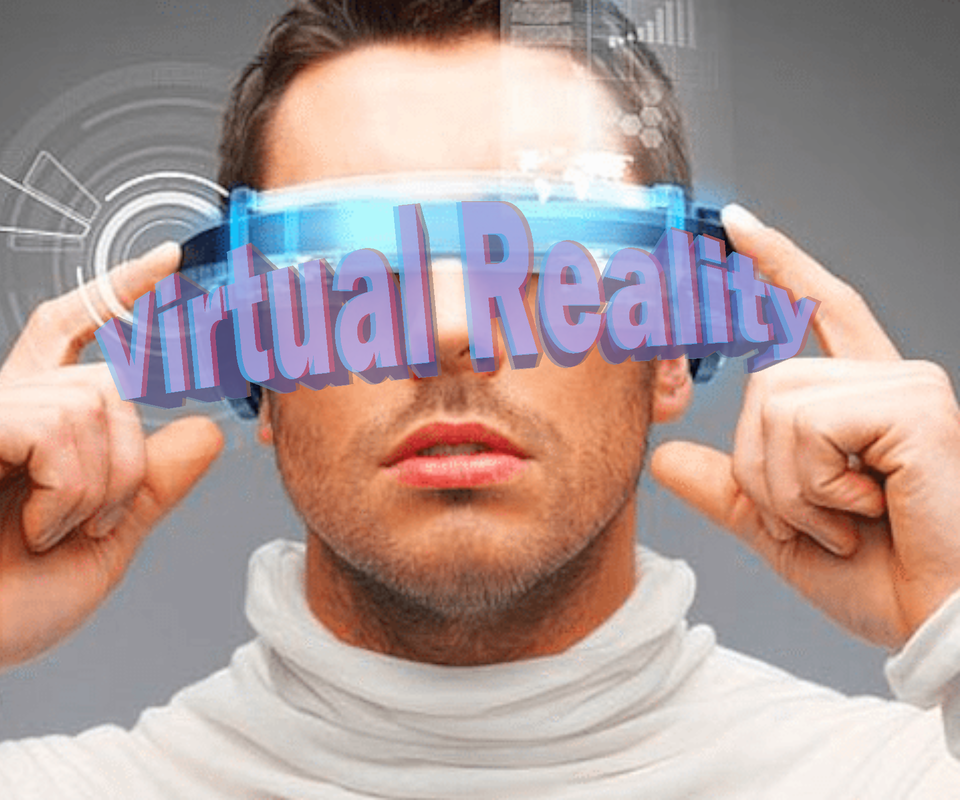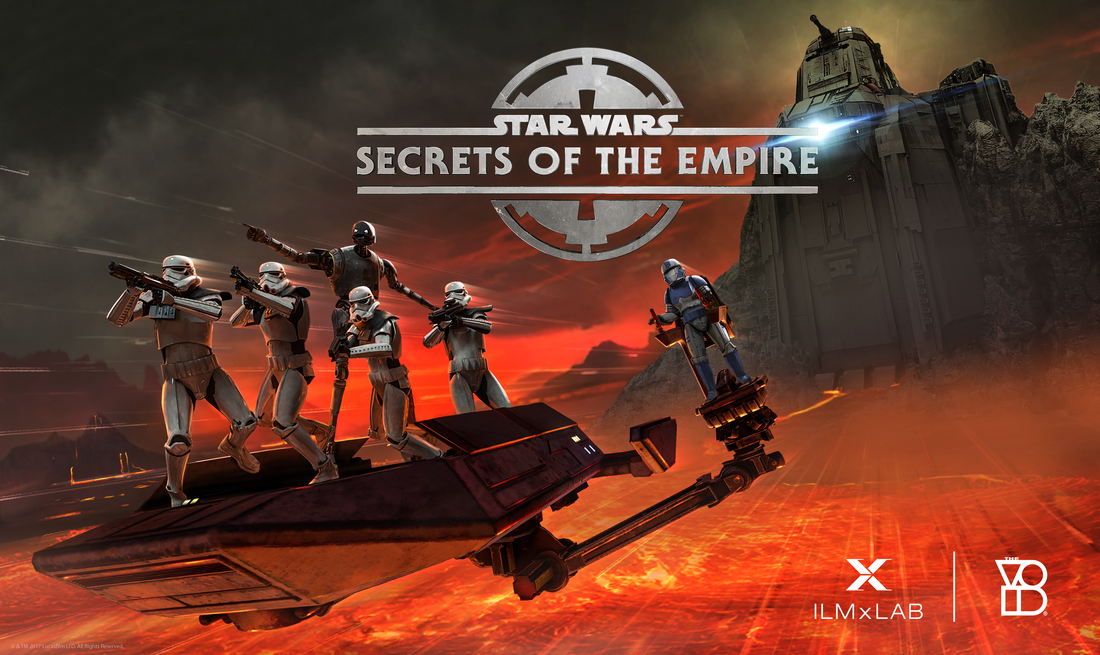|
Many are touting virtual reality (VR) and augmented reality (AR) as the next big things, but there are many factors working against their widespread adoption -- practical, economic and artistic.
How do creators tell a story when they can't control the narrative? Where do you put the crew when you're shooting 360-degrees? Can watching VR really make someone vomit? And how can anyone stand to wear those godawful goggles for more than 10 minutes? I answer those question and others in the articles below. |
|
Where Virtual and Augmented Reality Stand Today
In the mid 20th Century, prognosticators foresaw a near-future where ordinary people would traverse the skies in flying cars and jetpacks.
That future never came, but something similar occurred in the middle of the last decade: tech pundits and industry boosters told us that hundreds of millions of people around the globe would soon be donning virtual reality goggles to play games, watch 360-degree videos and live sporting events, remotely interact with friends and relatives as if they were in the same room, and tour art museums, historical landmarks and far-off lands from the comfort of their couches. “Reality Check,” my 21-page special report from Variety Intelligence Platform (VIP), explores the hype machine behind virtual and augmented reality, and how investors, particularly in the entertainment space, may have jumped the gun too soon and projected outlandish expectations onto a medium that still has plenty of significant, unexplored potential. 
Pioneers at Felix & Paul Studios Break the Mold of Traditional Storytelling
In the world of entertainment tech convergence, there are few nuts harder to crack than live-action virtual reality. The medium presents seemingly endless technical challenges, starting with how to shoot with a camera rig that can see everything all around it, or digitally create the illusion that it can.
Even more daunting are the storytelling challenges faced by filmmakers raised on cuts, close-ups and dolly shots, working in a medium in which edits are considered to be too jarring, camera movement can be nausea-inducing and the viewer’s gaze is free to wander away from the action. For those VR newbies, Felix & Paul Studios chief content officer Ryan Horrigan has some advice: check your baggage at the door. 'Star Wars' Franchise Launches Location-Based VR Offshoot
One of the biggest impediments to the growth of virtual reality is the expensive equipment consumers must buy to experience it at home. That’s why many are placing their bets on location-based VR experiences that are bigger and more elaborate than anything that can be ported into someone’s living room, such as “Star Wars: Secrets of the Empire,” which was previewed for journalists at the Disney Accelerator in Glendale.
Variety's 10 Virtual Reality Innovators to Watch
Virtual Reality (VR) and augmented reality (AR) are at the center of the tech-entertainment convergence, attracting billions in venture capital and producing near-hysterical levels of expectation. In spite of the new excitement and attention, the people innovating in these fields remain largely unknown to those in traditional showbiz circles and the public at large. With this in mind, we shine the Variety spotlight on 10 VR Innovators to Watch. These are VR and AR pros who are not just pushing the boundaries of gaming and storytelling, but also creating new software tools that will change the way people work and live.
'Alien: Covenant In Utero' Puts Virtual Reality Spin on Fox Franchise
“Alien” fans have watched a long line of endoparasitoid extraterrestrials bloodily burst forth from the host bodies of unfortunate astronauts since the first entry in the franchise debuted in 1979.
Now, for the first time fans will be able to experience it from the creature’s perspective in “Alien: Covenant In Utero,” a two-minute 360-degree video debuting April 26 exclusively on Oculus. |
Virtual Production: A Special Report
The COVID-19 pandemic could have paralyzed production on film and television. But even though so many shoots had to be suspended over many months, Hollywood was still able to get some boundary-pushing work done.
Thanks to innovations already set in motion in recent years, directors and producers were able to bring teams together and work with ways and means unimpeded by the traditional creative limits of time and space. As my special report from Variety Intelligence Platform details, a set of technologies loosely known as virtual production has enabled incredible changes to how premium video entertainment is captured and enhanced. 
Virtual Reality in Sports Poses Unique Challenges for Producers
“The average person thinks they’d love to stand on the sidelines to watch an NFL game,” says Cliff Plumer, president of Jaunt VR’s production arm, Jaunt Studio. “They’ll learn that it’s the worst place to stand. You can have an action all the way across the field, and it’ll seem very far away. So how you cover that for VR is much more challenging than traditional broadcast.”
Creative Forces in VR at Venice Festival Learn From the Past
Director Eliza McNitt’s first virtual reality experience back in 2013 was not particularly pleasant. The simulated roller coaster ride, viewed through a development kit version of Oculus Rift, made her feel sick and disconnected. But she saw the glimmer of possibility.
“I thought, give this a few years and people are really going to be embracing this as a new medium for storytelling,” recalls McNitt. Five years later ... Director Susanne Bier Talks About the VR Experience
Over the past three decades, Susanne Bier has received widespread acclaim for projects ranging from the globe-trotting 2016 miniseries adaptation of John le Carre’s “The Night Manager,” which earned her an Emmy, to dark family dramas such as 2007’s “Things We Lost in the Fire” and 2010’s “In a Better World,” the latter of which won the Oscar for best foreign language film. But she’s never worked in an “immersive” medium, be it virtual reality (VR), augmented reality (AR) or mixed reality (MR).
Computing Clout Helps Hollywood Tap Potential of Immersive Content
While some big-name computer makers spend countless millions on hip marketing campaigns to inspire round-the-block, first-day-of-sale lines for their latest devices, Dell has been quietly positioning itself on the bleeding edge of virtual reality (VR) and augmented reality (AR) technology.
In recent months, the Texas-based company has partnered with major studios to provide technology and expertise for immersive companion pieces to tentpole releases that put viewers inside the womb of an alien (Fox’s “Alien: Covenant”), on France’s coast in WWII (Warner Bros.’ “Dunkirk”), in the midst of the Spanish Inquisition (Fox’s “Assassin’s Creed”) and in the web-slinging unitard of a superhero (“Spider-Man: Homecoming”). “I’ve had some [projects] we had to turn down because you can’t do everything,” says Gary Radburn, director of VR/AR for Dell. “People are seeing us as a technical innovator, a leader in solutions, and not just as hardware provider.” |









